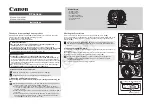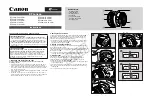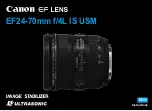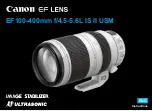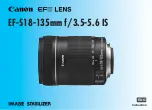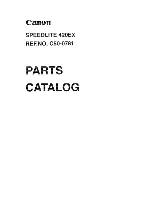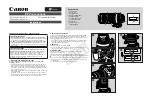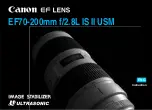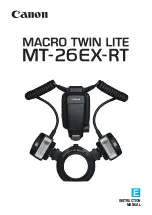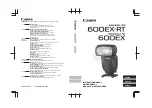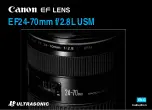
Determine what you need to do to prevent IP address conflicts:
n
Installing
two or more cameras
on a non-DHCP network:
configure each camera
with a static IP
address before connecting it to the network.
n
Installing the
camera with a Quick-Connect USB or Quick-Connect USB Mini
on a non-DHCP
network:
configure the camera
with a static IP address before connecting it to the network.
n
Installing
more than one camera and Quick-Connect USB
on a non-DHCP network:
configure each
camera and each Quick-Connect USB device
with a static IP address before connecting it to the
network.
n
Installing
a camera on a non-DHCP network where there is already a camera with a Quick-
Connect USB Mini device
...
o
With a Universal CCU:
Configure the camera
with a static IP address before connecting it to the
network.
o
With a Quick-Connect DVI/HDMI-SR:
Configure the camera
with a static IP address before
connecting it to the network.
o
With a Quick-Connect SR:
Configure the camera
with a static IP address before connecting it to the
network.
o
With a Quick-Connect USB Mini:
Configure the camera
with a static IP address before connecting it
to the network.
o
With a Quick-Connect USB:
Configure the camera and the Quick-Connect USB
with static IP
addresses before connecting them to the network.
If you need to do any of these things, work with the network administrator to determine the appropriate
network configuration.
See
Configuring the Camera with a Static IP Address
for step-by-step instructions to configure a static IP
address.
26
Complete Manual for RoboSHOT 12 and RoboSHOT 30 Robotic PTZ Cameras
































